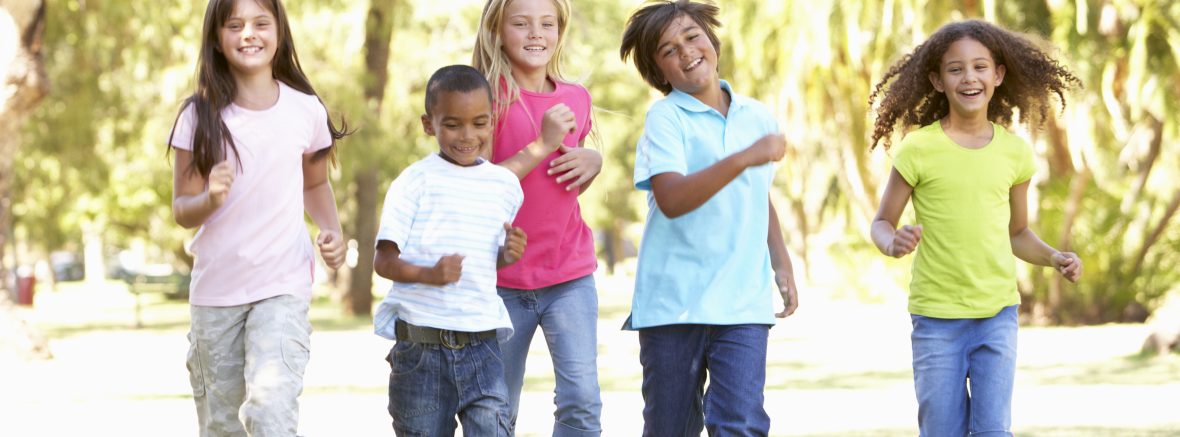The closing of schools, playgrounds, sports fields and summer camps due to COVID-19 has pediatric nutritionists and dietitians concerned that changes in eating habits and an overall decrease in physical activity could lead to a future spike in childhood obesity, which has steadily increased over the last four decades according to data from the Centers of Disease Control and Prevention.
“With quarantine, it’s basically like an extended summer,” said Rima Himelstein, a pediatrician specializing in adolescent health at Nemours/Alfred I. duPont Hospital for Children in Wilmington. “Kids don’t have the chance to work out and participate in physical activities like they normally would have over the summer.”
The sedentary nature of online schooling is also worrisome, Himelstein said. Kids don’t walk from room to room between classes or have scheduled outside time and gym class. Plus, many parents are overstocking their pantries with more processed foods that have longer shelf lives to minimize the number of grocery store trips, which can lead to overeating foods that often have high added sugar and sodium levels.
More than a third of youth under age 19 are classified as overweight or obese, according to the CDC. Childhood obesity is defined as a body mass index (BMI) at or above the 95th percentile for youngsters of the same age and gender — which means their BMI is higher than that of 95% of their peers. For example, a 10-year-old boy who is 56 inches tall and weighs 100 pounds would have a BMI of 22.4, placing him in the 95th percentile.
Plus, kids don’t have regimented physical activities anymore, Luciani said. “They’re stuck inside and not going out to the park with their friends, so there’s definitely less opportunity for them to be active.”
How much time kids are spending in front of screens is also concerning, said Peter Bidey, director of family medicine at the Philadelphia College of Osteopathic Medicine. Because quarantine can be such a stressful time, he said families may be eating more “comfort foods,” which tend to be high in calories and have less nutritional value than fresh foods.
But there are ways parents can keep their kids healthy during the quarantine, Bidey said. He recommended following a regular meal schedule and shopping for as many fruits and vegetables as possible.
Luciani said that parents should make sure there are healthy snacks in the house and set times for breaks throughout the day for kids.
“If you wait too long to eat, you’re more likely to choose foods that you’re craving instead of foods your body actually needs,” she said.
When it comes to exercise, be flexible and creative, experts said.
Bidey said that anything “that gets your heart rate up” is effective exercise, such as dancing to music, jumping rope, or even playing exercise-centric video games. The key, he said, is to get kids excited about participating.
“Families should make physical activity intentional,” Luciani said. “They should implement it as a daily part of their routine, like taking a 20-minute walk at lunchtime, going for a bike ride, or trying fitness apps and workouts on YouTube if it’s raining out. Even TikTok is a great way for people to get up and dance.”
But it’s important not to set unrealistic expectations for kids who aren’t used to being active, Himelstein said. “Don’t make it a chore, because that will set them up for failure.”
The American Academy of Pediatrics recommends an hour of exercise a day for teenagers, she noted, “but you can start with 10 minutes a day and then reward them for the progress they’ve made.”
Himelstein also said that it’s important to make the focus of exercising or eating healthy about “feeling good, not looking good.” She pointed out that praising children for losing weight could lead to a “slippery slope.” Instead, exercises should be fun and filled with variety “to stimulate different parts of the brain by moving in different ways.”
“Be creative,” Himelstein said. “Use the stairs in your home. Use cans of vegetables as weights. Have them record exercises in a journal, so they can see all they’re doing now compared to what they weren’t doing before. It’s about reinforcing positive behavior.”

